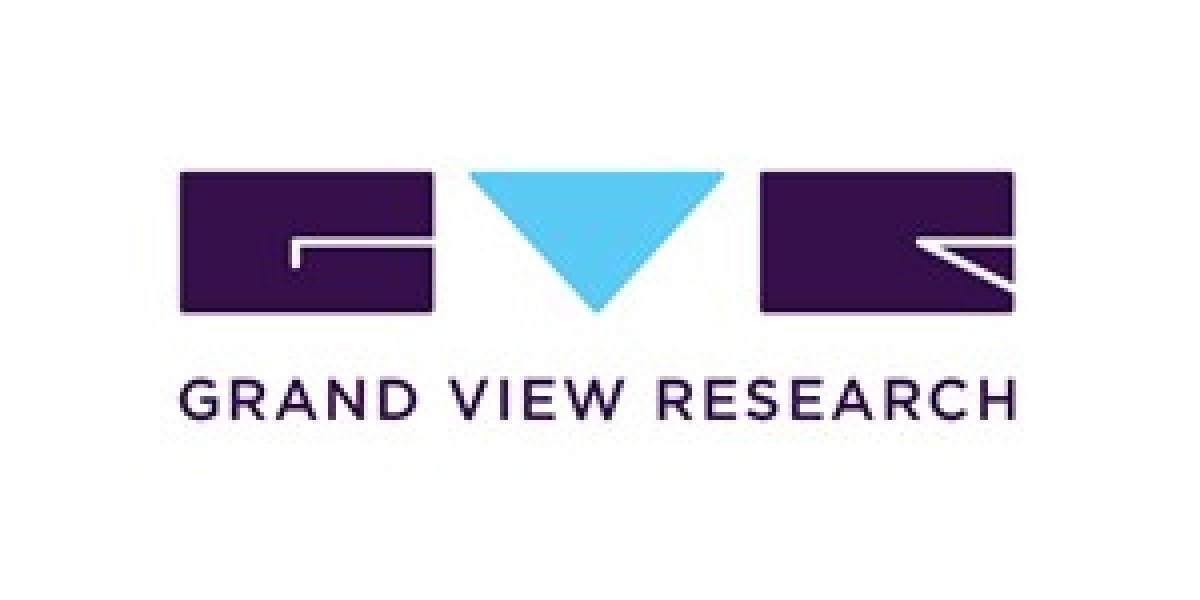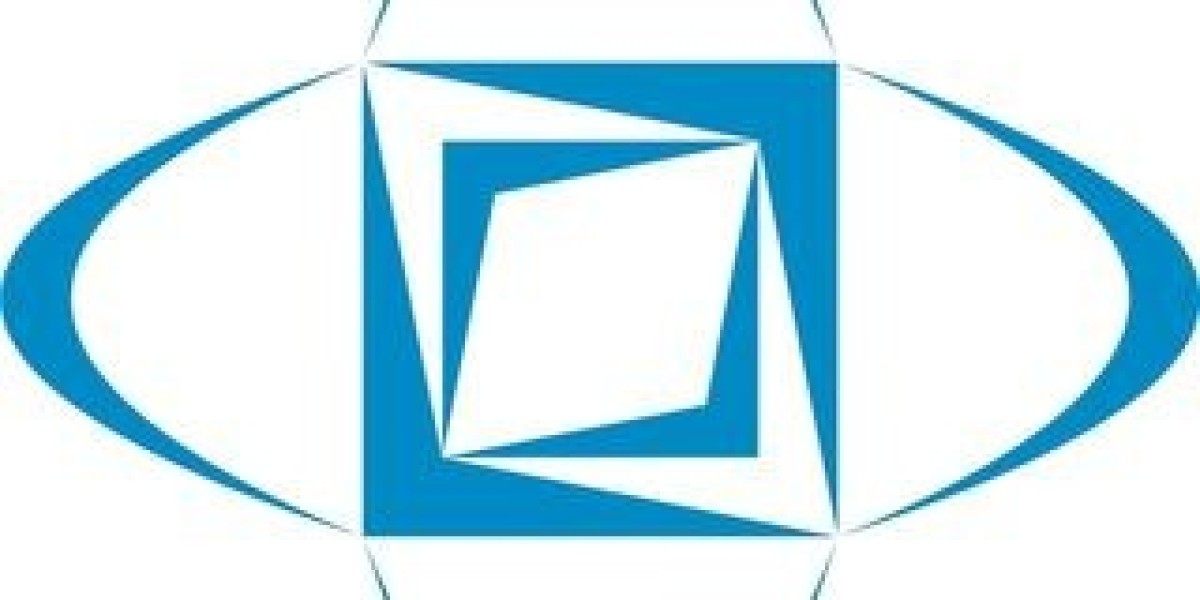Elastomers Category Overview
The elastomers category is anticipated to grow at a CAGR of 6.71% from 2023 to 2030. Asia Pacific has the highest overall share along with it being the highest producer as well as consumer. The advent of new types of elastomers with improved elasticity and viscosity, as well as their broad application and convenience of use, are some of the factors driving the growth of this category during the forecasted period. The expanding middle-class population, cheaper labor availability, and other resources are boosting the expansion of the Asia Pacific car manufacturing industry, which is predicted to contribute considerably to the growth of this category in this region.
Liquid crystal elastomers (LCEs) and Thermoplastic elastomer (TPE) laminates are some of the innovations that are gaining popularity. TPE are the materials that may stretch to twice their original size when subjected to various loads and then retract to their original size when the tension is removed. TPE laminates can be utilized as coatings and coverings for a variety of things. One of the most common applications for thermoplastic elastomer laminates is in the aviation industry due to their lightweight nature along with their durable coatings minimizing energy consumption and aircraft weight. Boeing is among the most prominent patent filers in the field of thermoplastic elastomer laminates. In March 2022, researchers at Johns Hopkins examined the energy-absorbing properties of liquid crystal elastomers. The research team was able to increase strength while decreasing weight by using high-energy-absorbing liquid crystal elastomers (LCEs), which are typically used in actuators and robotics.
Order your copy of the Elastomers Procurement Intelligence Report, 2023 - 2030 , published by Grand View Research, to get more details regarding day one, quick wins, portfolio analysis, key negotiation strategies of key suppliers, and low-cost/best-cost sourcing analysis
This category is segmented into thermoset elastomers and thermoplastic elastomers based on elastomer type. Styrene-butadiene rubber (SBR), poly-butadiene rubber (BR), polyisoprene (PIR), natural rubber (NR), nitrile rubber (NBR), and others are illustrations of thermoset elastomers. Because of their high durability and mechanical strength, thermoset segments accounted for the largest category share. They are frequently utilized in the automobile industry for the production of tires, external pieces, and various under-the-hood applications. Polyamide elastomers, polypropylene elastomers, olefin elastomers, and others are examples of thermoplastic elastomers. Thermoplastic elastomers are utilized in the injection molding of sealants, hoses, and tubes.
There are a number of global and regional players in the elastomers category. To maintain their hold in the worldwide industry, the leading companies are pursuing a variety of expansion methods. Players use technology launches, acquisitions, and R&D efforts as significant strategies. For instance,
- In July 2022, Covestro broke ground for two new production plants in Shanghai. To accommodate rising demand, the company constructed additional lines for making polyurethane dispersions and elastomers.
- In November 2022, Celanese paid USD 11 billion to acquire the majority of DuPont's mobility and materials segment which enhances its product portfolio. DuPont's long-chain and performance nylons, as well as polybutylene terephthalates, were also acquired by Celanese. DuPont's polyester and ethylene acrylic elastomers, as well as Mylar and Melinex polyester films, were also included in the acquisition.
- In February 2023, Kuraray Co. announced the completion of its new isoprene-related factory. The new factory is expected to help isoprene-related industries to grow by satisfying rising global demand for 3-methyl-1.5-pentanediol (MPD), GENESTAR heat-resistant polyamide-9T, and others.
Elastomers Procurement Intelligence Report Scope
The Elastomers category is expected to have pricing growth outlook of 12% - 15% (Annual) from 2023 to 2030, with below pricing models.
- Volume-based pricing,
- index-based pricing
- cost-plus pricing
Supplier Selection Scope of Report
- Cost and pricing
- Past engagements
- Productivity
- Geographical presence
Supplier Selection Criteria of Report
- Product type
- manufacturing process
- applications
- product nature
- technical specifications
- operational capabilities
- regulatory standards and mandates
- category innovations
- others
Elastomers Procurement Intelligence Report Coverage
Grand View Research will cover the following aspects in the report:
- Market Intelligence along with emerging technology and regulatory landscape
- Market estimates and forecasts from 2023 to 2030
- Growth opportunities, trends, and driver analysis
- Supply chain analysis, supplier analysis with supplier ranking and positioning matrix, supplier’s recent developments
- Porter’s 5 forces
- Pricing and cost analysis, price trends, commodity price forecasting, cost structures, pricing model analysis, supply and demand analysis
- Engagement and operating models, KPI, and SLA elements
- LCC/BCC analysis and negotiation strategies
- Peer benchmarking and product analysis
- Market report in PDF, Excel, and PPT and online dashboard versions
Elastomers Procurement Cost and Supplier Intelligence
Raw material, Labor, and manufacturing are the major cost components of this category. Crude oil is one of the primary raw materials used in the production of elastomers. Thus, crude oil price heavily influences the price of elastomers. For instance, the crude oil price in June 2023 decreased from USD 115.3 per barrel by about 39% to USD 70.33 per barrel when compared to June 2022. Polyolefin elastomer (POE) prices dropped in the USA market in Q1 2023 due to weak demand, sluggish buying sentiments, and material availability. The banking crisis in the US further weakened demand for the automobile industry which in turn decreased this category’s growth, resulting in the price of USD 3403/MT with a month-on-month decrement of 3.5% during March 2023.
China, Brazil, Saudi Arabia, and Italy are some of the preferred sourcing destinations for this category. China's manufacturing capabilities and infrastructure facilitate elastomer production, providing labor, raw material, and production cost benefits. China meets a wide range of industry demands due to its rich local raw resources and different elastomer options. Brazil, one of the biggest producers of natural rubber, offers competitive pricing and local resources, allowing buyers to purchase elastomers at a low cost. Saudi Arabia's abundant petrochemical resources enable the production of synthetic rubber, including SBR, and EPDM, ensuring competitive advantages in the industry. Italy excels in specialty elastomer production, specializing in automotive and industrial sectors, with advanced technologies and ISO 9001, ISO/TS 16949, and ISO 14001 certifications, making it an attractive sourcing location.
List of Key Suppliers
- LG Chem. Ltd.
- Arkema, Inc.
- PolyOne Corporation
- Covestro AG
- E. I. du Pont de Nemours & Company
- The Dow Chemical Company
- BASF SE
- Celanese Corporation
- JSR Corporation
- Huntsman International LLC.
Browse through Grand View Research’s collection of procurement intelligence studies:
- Disposable Medical Gloves Procurement Intelligence Report, 2023 - 2030 (Revenue Forecast, Supplier Ranking & Matrix, Emerging Technologies, Pricing Models, Cost Structure, Engagement & Operating Model, Competitive Landscape)
- Cyber Security Procurement Intelligence Report, 2023 - 2030 (Revenue Forecast, Supplier Ranking & Matrix, Emerging Technologies, Pricing Models, Cost Structure, Engagement & Operating Model, Competitive Landscape)
- Lab Equipment Procurement Intelligence Report, 2023 - 2030 (Revenue Forecast, Supplier Ranking & Matrix, Emerging Technologies, Pricing Models, Cost Structure, Engagement & Operating Model, Competitive Landscape)
- Commercial Real Estate Services Procurement Intelligence Report, 2023 - 2030 (Revenue Forecast, Supplier Ranking & Matrix, Emerging Technologies, Pricing Models, Cost Structure, Engagement & Operating Model, Competitive Landscape)
Brief about Pipeline by Grand View Research:
A smart and effective supply chain is essential for growth in any organization. Pipeline division at Grand View Research provides detailed insights on every aspect of supply chain, which helps in efficient procurement decisions.
Our services include (not limited to):
- Market Intelligence involving – market size and forecast, growth factors, and driving trends
- Price and Cost Intelligence – pricing models adopted for the category, total cost of ownerships
- Supplier Intelligence – rich insight on supplier landscape, and identifies suppliers who are dominating, emerging, lounging, and specializing
- Sourcing / Procurement Intelligence – best practices followed in the industry, identifying standard KPIs and SLAs, peer analysis, negotiation strategies to be utilized with the suppliers, and best suited countries for sourcing to minimize supply chain disruptions



